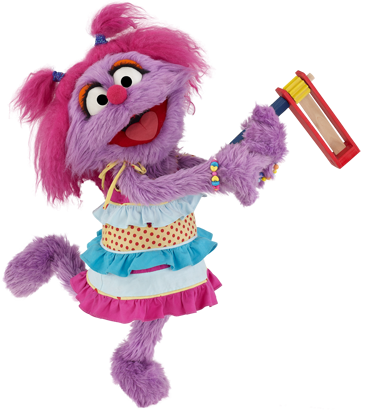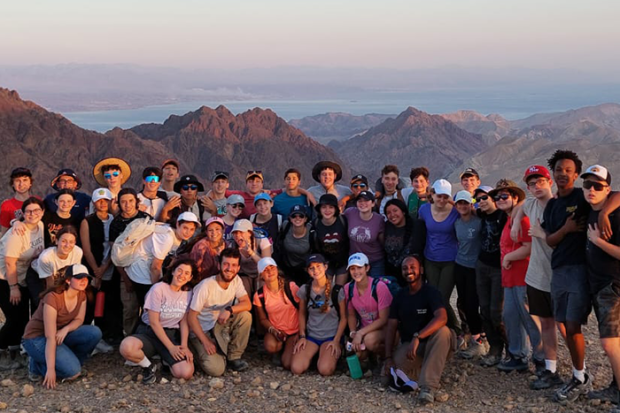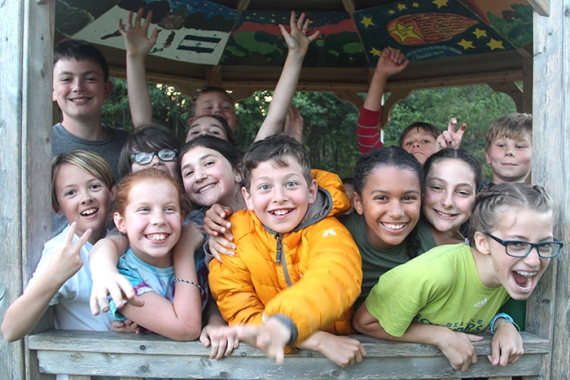During Purim, it is traditional to retell the story in the Book of Esther, often referred to as the M'gillat Esther. In this story, the King of Persia chose the beautiful Esther as his queen, without knowing of her Jewish identity. Haman, the king's advisor, then plots to destroy the Jews. Esther, with the help of Mordechai, decides to reveal her identity in an effort to save the Jews. What begins as a tale of woe ends with "the Jews having light and joy," demonstrating that things are not always as they seem, and that the reversal of fortune always is possible.
The story teaches that idea one individual can make a difference,which is a great lesson for kids. Costumes, merrymaking, mishloach manot (gifts of food to friends and family), and the giving of gifts to the needy all are part of what makes Purim special.
Together with your children, watch the Shalom Sesame videos below to learn the Purim story, then try the discussion ideas and activities, which have been recommended by Reform Jewish educators. Lastly, feel free to share your experiences and ideas in the comments sections below!
Discussion Ideas
Loyal friends are important. Purim is a holiday of great joy and fun. Purim traditions are rooted in the M'gillat Esther (Book of Esther), and the story tells of two cousins, Esther and Mordechai, who helped save the Jewish people. Talk with your kids about how they help their friends and family. What does it mean to be "loyal"?
Who is a hero? Esther is known as a hero for the Jewish people. She stood up against Haman and risked her life in order to protect her Jewish friends and family. Mordechai also exemplified bravery by refusing to bow down to Haman. He stuck to his principles and values, even in the face of danger. Ask your child: What qualities does someone need to be a hero? Does a hero need to do something big, or can a small action make someone a hero? Who are your heroes and why?
Taking a stand for change. It's true—we don't live in a perfect world. In the Purim story, this imperfection is illustrated through Haman's bullying and not-so-nice threats. Esther and Mordechai could be considered early activists, and they serve as a dugmah ("example") for us, even today. Talk with your kids about different ways to take a stand for a cause that is close to home, even if it is on a smaller scale. Brainstorm strategies and ways to help turn their ideals into realities: Whom do you need to talk to? What do you need to do? How can you communicate?
Activities
Enjoy the gift of giving. Amidst all the celebrating, Purim is also a time to give gifts to friends, family, and those less fortunate. Some families make mishloach manot, goodie bags filled with candy and cookies to give to friends and neighbors. Your kids will see it's just as fun to give as it is to receive when they get to make and decorate the gifts and share them with loved ones. You can extend the sentiment even further with matanot l'evyonim, giving gifts to the poor. Encourage your kids to find toys or clothes that they can donate to a shelter in order to help out other kids who need the extra cheer.
Together with your child, read Here Come the Purim Players by Barbara Cohen. With beautiful, full-color illustrations by Shoshana Mekibel, this is a lively retelling of the story of Purim that is sure to have the whole family laughing with joy.
Watch
Purim Story
Grover and his friends star in this animated version of the Purim story from Shalom Sesame.
For more Shalom Sesame videos, activities, and other materials, visit our friends at Shalom Sesame.


